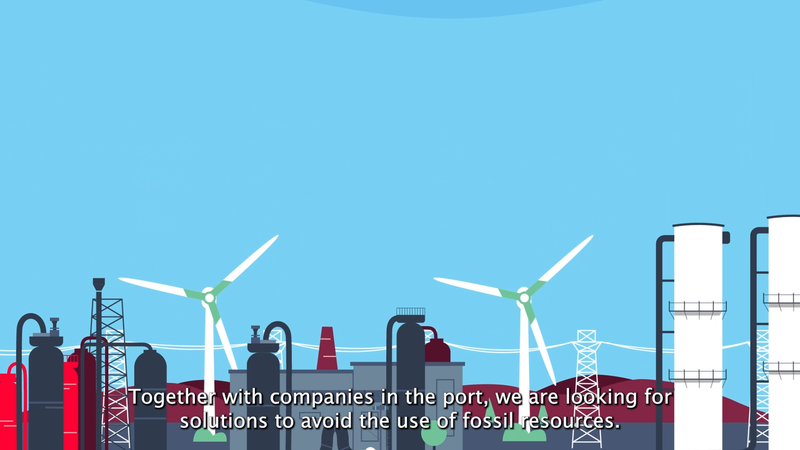Reuse and exchange of raw materials
Most of the substances currently used in industry come from the ground: from petroleum, natural gas and even coal. When these are processed, CO₂ is released into the atmosphere. By reusing raw materials, we avoid this as much as possible. Port of Antwerp-Bruges therefore supports industry to reuse raw materials as a basis for new chemical processes and products. This is called circular chemistry.
Together with companies in our port, we therefore look for solutions to make sustainable use of natural resources. One application of circular chemistry, for example, is processing plastic waste into chemical building blocks. From oil, we make plastic granules that can then be used in, among others, the medical sector, energy sector or for packaging.






